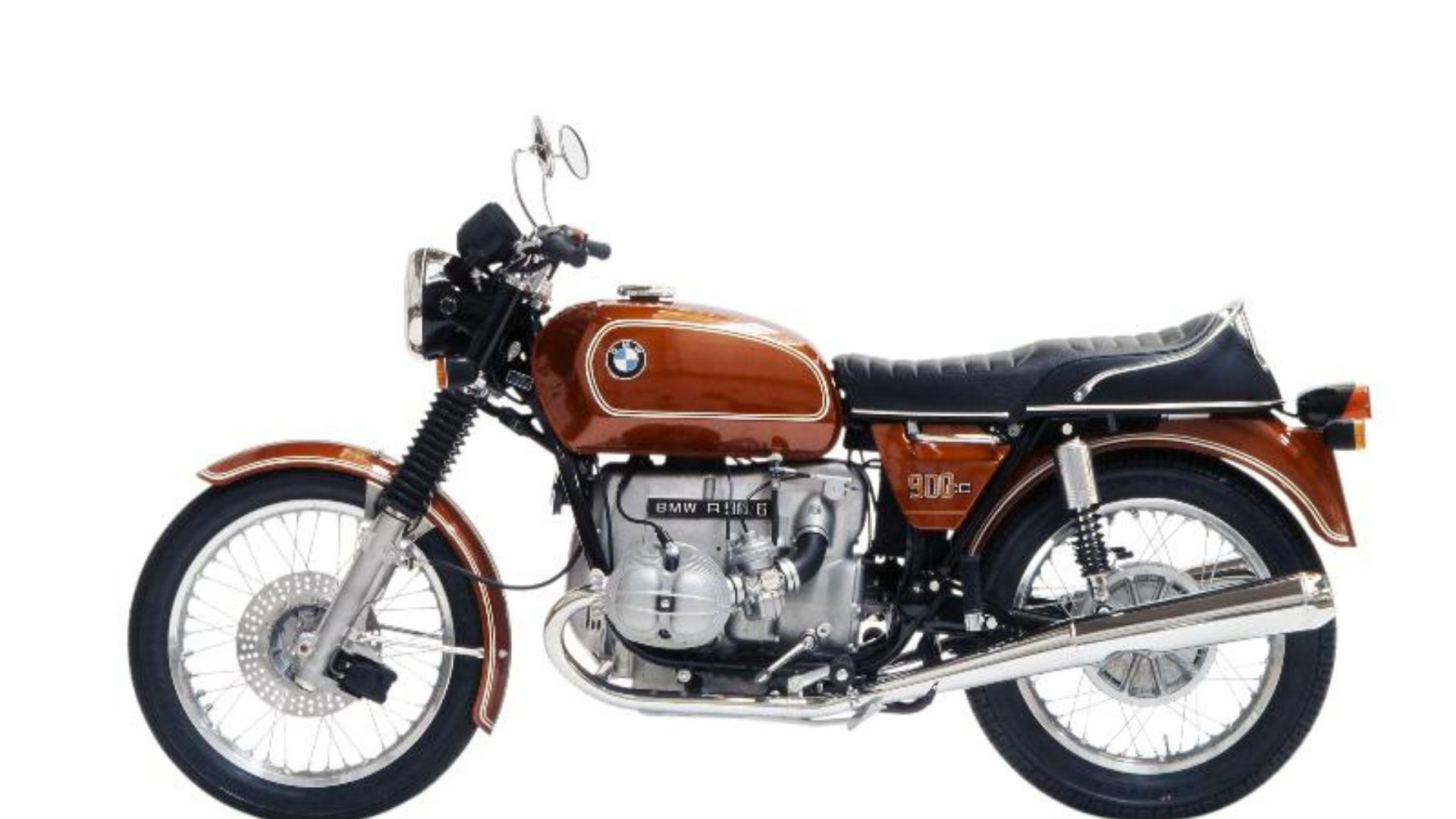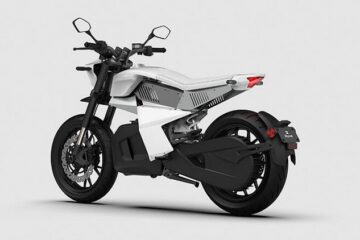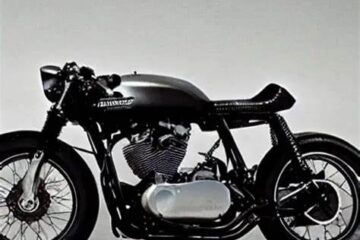Motorcycles have come a long way since their inception in the late 19th century. From their humble beginnings as simple, motorized bicycles to the sophisticated, high-performance machines of today, motorcycles have undergone significant transformations. This evolution reflects advancements in technology, design, and the shifting demands of riders. Here’s a detailed look at how motorcycles have evolved from classic models to modern marvels.

The Evolution of Motorcycles: From Classic to Modern Models
The Birth of Motorcycles: Early Designs (1880s-1920s)
The origins of motorcycles trace back to the late 19th century, with some of the earliest models resembling motorized bicycles.
- Early Innovations: The first motorcycles, such as the Daimler Reitwagen (1885), were powered by single-cylinder engines and featured basic frames. These pioneering designs were often more about experimentation than practicality.
- Basic Mechanics: Early motorcycles were rudimentary, with simple mechanical components and limited power. They primarily served as a proof of concept for motorized transport.
The Classic Era: Refinement and Growth (1920s-1960s)
As motorcycles gained popularity, manufacturers began refining their designs and expanding their offerings.
- Design Innovations: The 1920s saw the introduction of more refined designs with better suspension systems, more powerful engines, and improved frame construction. The advent of multi-cylinder engines and electric starters marked significant advancements.
- Iconic Models: The classic era produced iconic models like the Harley-Davidson Knucklehead and the BMW R32. These motorcycles became symbols of their respective brands and set standards for future designs.
The Modern Era: Performance and Technology (1970s-2000s)
The latter half of the 20th century brought about major changes in motorcycle technology and performance.
- Technological Advancements: The 1970s and 1980s introduced innovations such as liquid cooling, electronic ignition systems, and advanced suspension technologies. The introduction of sportbikes, like the Yamaha YZF-R1, revolutionized the industry with high-performance capabilities.
- Design Evolution: Motorcycles became more specialized, with distinct categories such as cruisers, sportbikes, touring bikes, and off-road models. Each category was tailored to specific riding styles and preferences.
The Contemporary Age: Cutting-Edge Features (2000s-Present)
Modern motorcycles represent the pinnacle of technological and design advancements, incorporating state-of-the-art features and high-performance engineering.
- Advanced Technology: Contemporary motorcycles are equipped with advanced electronics, including anti-lock braking systems (ABS), traction control, and ride-by-wire throttle systems. Many models also feature sophisticated onboard computers and infotainment systems.
- High-Performance Engineering: Today’s motorcycles boast impressive power-to-weight ratios, aerodynamic designs, and advanced materials like carbon fiber and titanium. Manufacturers focus on optimizing performance, safety, and rider comfort.
- Electric Motorcycles: The rise of electric motorcycles marks a significant shift in the industry. Brands like Zero Motorcycles and Harley-Davidson’s LiveWire are leading the charge in developing electric bikes that offer quiet, eco-friendly alternatives to traditional combustion engines.
The Future of Motorcycles: Trends and Innovations
Looking ahead, the future of motorcycles promises even more exciting developments.
- Smart Features: Expect to see more integration of smart technologies, including advanced rider assistance systems (ARAS), connectivity features, and enhanced customization options through digital interfaces.
- Sustainability: With growing environmental concerns, there will be a continued push towards electric and hybrid motorcycles, focusing on reducing emissions and increasing energy efficiency.
- Autonomous Riding: The concept of autonomous motorcycles is still in its infancy, but ongoing research and development could lead to bikes with semi-autonomous capabilities, improving safety and convenience for riders.
Conclusion
The evolution of motorcycles reflects broader changes in technology, design, and rider preferences. From the early, experimental models to the sophisticated machines of today, each era has contributed to the development of motorcycles as we know them. As technology continues to advance, the future of motorcycles holds exciting possibilities, blending innovation with tradition to offer new experiences for riders.


